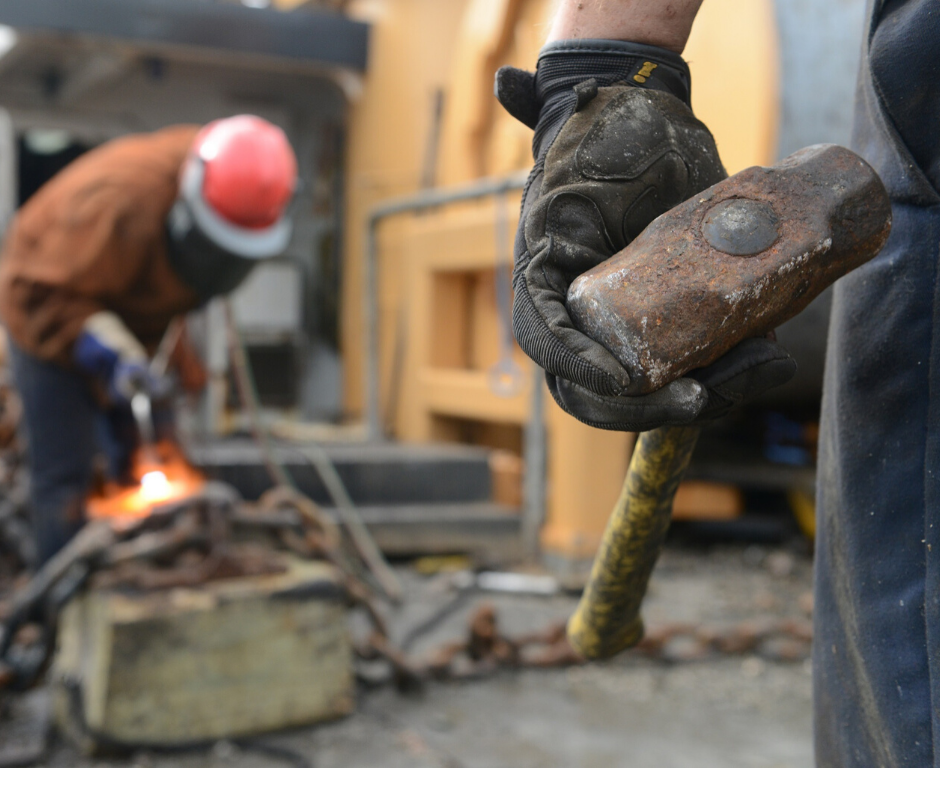
Proactive Strategies to Avoid Work Related Accidents
The cost of workers’ compensation is a hard pill to swallow in some industries. With every new claim, workers’ compensation costs increase exponentially based on experience rates which focus on prior injuries and the costs of handling those claims. Combine this reality with fraudulent claims, and it can quickly become a nightmare.
These eight strategies will help to avoid work related accidents and help you maintain workers’ compensation insurance rates at reasonable levels.
1. Design Jobs to Reduce Hazards
Analyze and evaluate each position and implement new processes, protective equipment, and administrative controls to design jobs that naturally reduce hazards and eliminate the possibility of accidents. Being proactive with this can eliminate much heartache down the road.
2. Create Clear Job Descriptions
Setting clear expectations and dictating specific actions can drastically cut down on claims. Draft concise job descriptions that explicitly describe the requirements with a strong focus on safety. Make sure the guides also encourage employees to report all injuries no matter how small so they are not fearful of job loss because of reporting.
3. Include Safety Questions and Disclaimers with Applications
When designing job applications and ads, relay any potential dangers and have applicants sign a disclaimer so that their expectations are realistic, and you protect your liability. Work related injuries are covered notwithstanding fault, but knowing that everyone appreciates the risks may encourage everyone to follow the procedures using all available safety equipment.
4. Ask Safety-Based Questions During Job Interviews
During the job interview phase, ask pointed questions about safety history, awards, any issues candidates have experienced in the past, and their overall attitude towards safety in the workplace. Find out their willingness to utilize safety and protective equipment.
5. Conduct Background Checks
Conducting thorough background checks can save employers a lot of headaches in many areas, especially workers’ compensation claims. Be sure to follow all state and federal laws when performing background checks in conjunction with job interviews. DO NOT hire an individual until the background check is complete.
6. Formulate a Safety Council of Employees
Put together a safety council to help employees become part of the safety solution. Incentivize safety meetings, ideas for improvements, and overall participation. Encourage employees to be proactive in advising supervisors of any safety concerns that they see even if not related to their specific job. Make sure supervisory personnel have systems in place to accept, analyze, implement, review, change and communicate those changes to all employees when they are made.
7. Provide Orientation and Ongoing Safety Training
One of the most effective ways to reduce work related accidents is through comprehensive orientation and ongoing safety training. Schedule regular safety training events to keep everyone up to date with safety procedures and new equipment. Offer one-on-one assistance to anyone who needs it because they ask for it or they are observed being confused by the new equipment or procedures.
8. Promote a Culture of Safety
Promote a culture of safety throughout your organization. When you make safety a number one priority, your employees will embrace it as well, improving productivity and morale in the process and protecting each other against dangerous situations.



